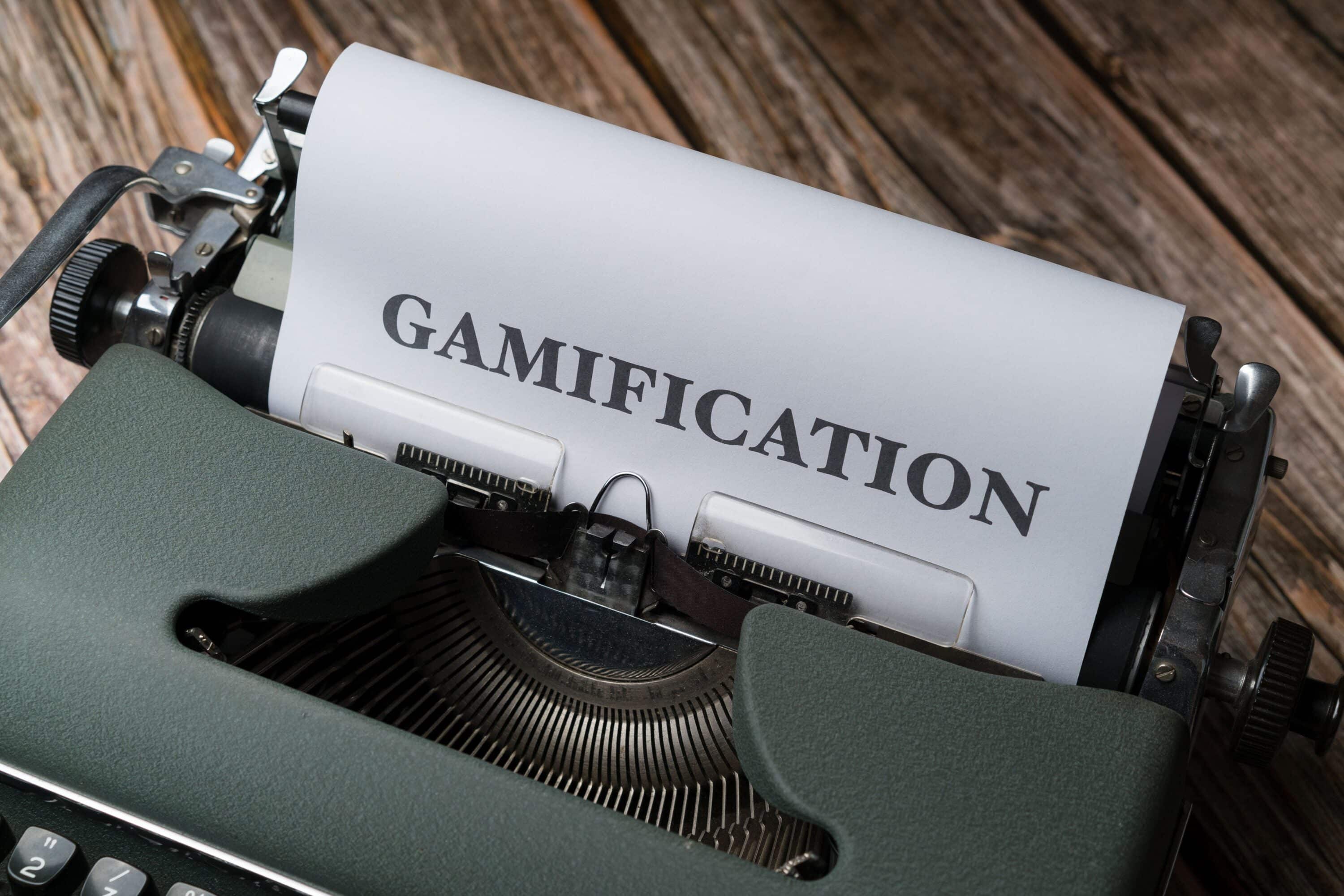
Understanding Gamification
- Scratch and Win: Participants have the opportunity to scratch a virtual card or surface to reveal instant prizes or rewards. For example, users can scratch a digital ticket to reveal discount codes or freebies.

- Spin and Win: Users can spin a virtual wheel to win prizes or rewards. This mechanic adds an element of chance and excitement. For instance, spinning a wheel can give users the chance to win exclusive discounts or special offers.
- Surveys as a Fun Game Mechanic: Instead of traditional surveys, businesses can turn them into interactive and engaging games. Participants can earn points or rewards for completing surveys, making the process more enjoyable. This approach allows businesses to gather valuable insights while providing a fun experience for users.
The Role of Leaderboards
For many of our clients, we create leaderboards that show how many points various programme members have earned. This creates a sense of friendly competition and motivates participants to earn more points in order to move up the leaderboard.


The Role of Currency and Levels
A currency is a fundamental element of gamification in loyalty programmes. The currency can be points, tokens, dollars or even a made up currency aligned to a clients brand.
Levels add an extra layer of thrill and drive to the experience, elevating excitement to new heights.
The Power of Engagement
Engagement is crucial for the success of any loyalty programme. When customers are actively engaged, they are more likely to make repeat purchases, refer friends, and become brand advocates. Gamification has proven to be a powerful tool for increasing engagement by making participation enjoyable and interactive.

We’re able to utilise a number of games within our programmes that enable participants to gain points through skill and chance based games. They compete against each other or against the computer to try to win additional points or complementary additions to the programme.

The Human Desire for Achievement
The human desire for achievement is a fundamental aspect of human psychology. It is deeply ingrained in our nature to seek challenges, set goals, and strive for success. This desire is fueled by the satisfaction and fulfillment that come from overcoming obstacles and accomplishing tasks.
Research on the Human Desire for Achievement
For users, gamification fosters increased engagement by transforming tasks into enjoyable challenges. It taps into our intrinsic motivation, making activities more appealing and encouraging active participation. Additionally, the element of competition and rewards further fuels motivation, spurring individuals to strive for continuous improvement and surpass their own limitations.
From a client perspective, the implementation of gamification can yield significant benefits. Increased user engagement leads to improved customer loyalty, higher retention rates, and enhanced brand perception. Moreover, the data collected through gamification provides valuable insights into user behavior, preferences, and performance, enabling clients to tailor their offerings and experiences to better meet the needs and expectations of their target audience.
Overall, the utilization of gamification has proven to be a powerful tool for driving engagement, motivation, and success, benefiting both users and clients in numerous ways. Numerous studies, including those conducted by experts in the field, offer robust empirical evidence that supports the powerful impact of gamification on enhancing engagement and motivation. By strategically leveraging the innate human desire for achievement, gamification can yield a plethora of advantages for both users and clients alike.
Let’s delve into the advantages and commercial aspects of gamification. This strategy encourages increased customer interaction with your brand, leading to more frequent purchases. Moreover, it offers invaluable customer data collection opportunities, incentivises specific actions, and fosters engagement beyond mere transactions.
Examples of Successful Gamified Loyalty Programmes
The effectiveness of gamification in sparking engagement can be witnessed through various successful loyalty programmes implemented around the world. One notable example is Starbucks’ My Starbucks Rewards.

Another example is Nike’s NikePlus loyalty programme. By incorporating gamified elements like challenges, badges, and leaderboards, Nike has successfully transformed running into a social and competitive experience. Users can track their runs, compete with friends, and earn rewards, fostering a sense of achievement and camaraderie among participants.
These examples highlight how gamification can elevate customer engagement, making loyalty programmes more exciting, interactive, and effective.
We can help
Incorporating gamification into loyalty programmes has become a game-changer for businesses seeking to enhance customer engagement. We have a number of off the shelf digital solutions that we can incorporate into our programmes. We also offer bespoke solutions that can be used tactically to deliver certain behaviours or can be used to elevate the fun side of a programme at any time, building engagement when it begins to lapse.
By tapping into the human desire for achievement, gamified loyalty programmes provide participants with a sense of purpose and motivation, ultimately leading to increased customer loyalty and advocacy. As demonstrated by research and real-world examples, infusing elements of gaming into loyalty programmes sparks engagement, making participation enjoyable and rewarding. So, if you want to ignite the passion and enthusiasm of your customers, consider gamification as a powerful tool to elevate your loyalty programme to new heights.
References:
- “Why to gamify performance management? Consequences of user engagement in gamification” – ScienceDirect[^1]
- “How can gamification improve MOOC student engagement” – Delft University of Technology[^2]
- “Mechanism of gamification: Role of flow in the behavioral and emotional pathways of engagement in management education” – ScienceDirect[^3]
- “Why so serious? The Role of Gamification on Motivation and Engagement in e-Participation” [^4]
- Business-to-Business Gamified Loyalty Programmes in Australia and New Zealand
- Conclusion

